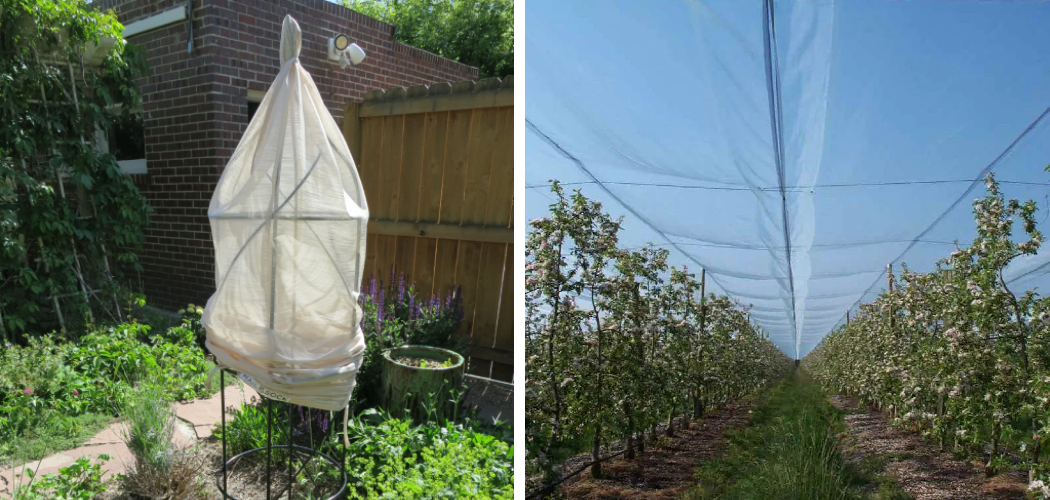Gardening enthusiasts pour their heart and soul into cultivating vibrant landscapes, only to have their efforts thwarted by unpredictable weather conditions. One of nature’s most damaging forces, hailstorms, can wreak havoc on a meticulously nurtured garden in a matter of minutes. As the icy pellets plummet from the sky, tender plants, delicate blooms, and even sturdy shrubs are left vulnerable to destruction.
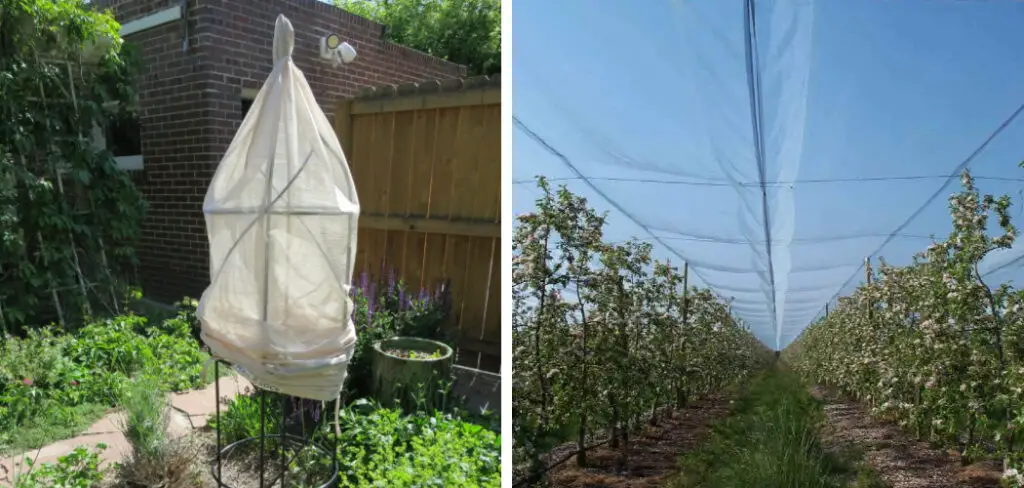
However, amidst the daunting specter of hail, hope shines through proactive measures that can shield gardens from the wrath of this natural phenomenon.
In this article, we will explore a range of essential strategies and practical tips on how to protect garden from hail, providing gardeners with the tools they need to safeguard their green sanctuaries and preserve the fruits of their labor against nature’s unforgiving assault.
Importance of Protecting Gardens from Hail Damage
Hail can cause significant damage to gardens, and homeowners should take steps to protect their gardens from hail storms. One way to do this is by using row covers or frost blankets. These are pieces of lightweight cloth that can be draped over plants to provide protection during hail events. Row covers also help keep the soil warm, allowing for earlier planting in spring and longer growing seasons in fall. Homeowners can also build physical barriers such as fences or walls to help protect their gardens from hail storms. Additionally, avoiding planting sensitive plants in exposed areas can help reduce the amount of damage that hail causes.
Another way to protect a garden from hail is by pruning trees and other shrubs regularly. Pruning removes excess branches and foliage that can act as sails, catching the powerful force of wind-driven hail and causing branches to break or snap. Regularly pruning also helps maintain a healthier garden overall by encouraging new growth and providing better air circulation.
Finally, it’s important for homeowners to pay attention to weather forecasts and take action before severe storms arrive. This may include covering plants with row covers or other materials, pruning trees and shrubs, and removing any debris from the garden that can become projectiles during a storm. Taking steps to protect gardens ahead of time can help minimize damage caused by hail storms.
The Impact of Hail on Gardens
Hail can have a devastating effect on gardens, causing damage to both plants and structures. Plants are particularly vulnerable to hail, as the impact of the ice pellets can physically injure them or cause desiccation due to direct exposure to sunlight. Trees that are in full bloom when hit by hail may be irreparably damaged and need to be replaced. Structures such as garden and greenhouse sheds may also be damaged, with roofing tiles being particularly vulnerable.
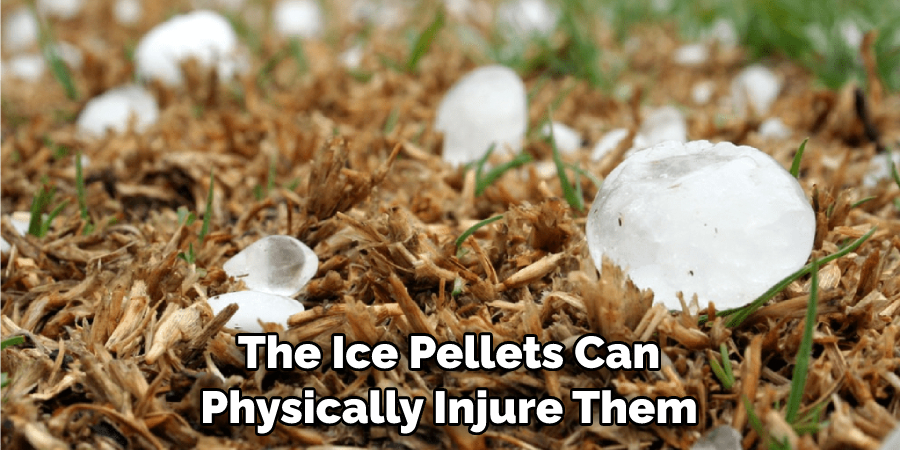
It is important for gardeners to be prepared for damaging hail storms. One of the key ways to do this is by installing a premium hail-proof roof on outbuildings such as greenhouses or sheds.
This type of roof will absorb some of the impact of hailstones and reduce the risk of damage occurring. If a hail storm is predicted, gardeners should also consider taking any valuable plants indoors or covering them with an appropriate layer of material to protect them from harm.
In addition to installing a hail-proof roof or taking protective measures for vulnerable plants, it is also wise for gardeners to ensure that their insurance policy covers hail damage. In this way, any financial losses due to hail-induced destruction can be recovered in the event of a storm.
As well as being prudent from an insurance point of view, this will also help provide peace of mind for gardeners when storms are forecast.
10 Ways How to Protect Garden from Hail
1. Understand Hail Formation and Local Weather Patterns:
To effectively defend against hail, gardeners must first grasp the science behind hail formation. Hailstones are created within intense thunderstorms, where powerful updrafts carry raindrops into freezing temperatures, causing them to freeze into ice pellets.
Familiarizing yourself with the atmospheric conditions conducive to hailstorms in your region can enable you to anticipate and prepare for potential threats. Regularly monitor local weather forecasts and heed hail warnings to stay ahead of the storm and take proactive measures.
2. Create Protective Structures:
Shielding your garden with protective structures is one of the most robust defenses against hail damage. These structures come in various forms, each offering unique advantages.
Hail netting, constructed from strong, flexible materials, can be suspended over delicate plants, acting as a barrier to reduce the impact of hailstones while allowing light and water to penetrate. Hoop houses, made of arched frames covered with translucent materials, offer all-season protection and can be modified to accommodate various plant heights.
Furthermore, temporary frames covered with heavy-duty fabrics can be erected when hailstorms are forecasted, providing on-demand protection for vulnerable plants.
3. Choose Hail-Resistant Plant Varieties:
Arming your garden with resilient plant varieties is akin to fortifying your defenses. Seek out plants that have demonstrated a natural resistance to hail damage, often characterized by features such as thicker leaves, sturdy stems, or smaller, more compact foliage. Research and consult local gardening experts to identify hail-resistant cultivars suitable for your climate and gardening preferences. By carefully selecting these varieties, you empower your garden to withstand hailstorms with resilience.
4. Use Mulch to Protect Soil and Roots:
Mulching serves as a multi-faceted defense mechanism for your garden. Besides its role in retaining soil moisture and regulating temperature, mulch also acts as a protective layer between hailstones and delicate plant roots. An ample layer of organic mulch, such as straw, wood chips, or shredded leaves, laid around the base of your plants, can mitigate the impact of hail and prevent soil erosion during intense storms.
5. Install Protective Windbreaks:
Hailstorms often accompany strong winds, which can exacerbate the damage. Establishing protective windbreaks around the periphery of your garden is an astute strategy to shield your plants from both the direct force of hailstones and the gusts that accompany the storm. Tall shrubs, sturdy trees, or well-positioned fences act as natural barriers, reducing the risk of hail impact and enhancing the overall resilience of your garden.
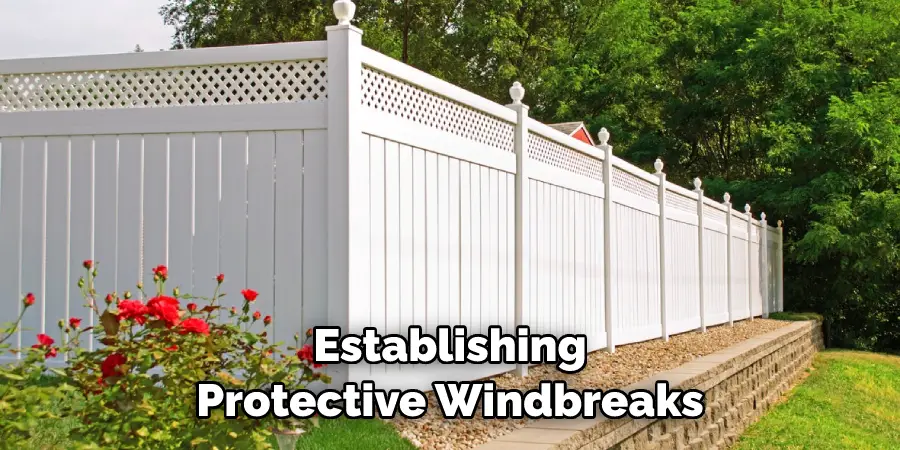
6. Invest in Hail-Proof Row Covers:
For vulnerable crops that require added protection, hail-proof row covers present an invaluable solution. These specialized covers are engineered from durable materials that can withstand the impact of hailstones while permitting essential elements like sunlight, water, and air to permeate. Draping these covers over rows of crops can significantly minimize hail damage while still allowing for optimal growth and development.
7. Time Your Planting Wisely:
Strategic planting timelines can tip the scales in favor of your garden’s survival. Initiating the growth of sensitive plants indoors and transplanting them after the typical hail season gives them a head start, reducing their exposure to potential hailstorms. Similarly, staggered planting schedules for various crops can spread the risk and provide a better chance of protecting some plants, even if others are affected.
8. Create Hail-Deflecting Barriers:
Integrating hail-deflecting barriers into your garden design can redirect hail away from vulnerable areas. Sloping structures, such as angled roofs or walls, can be positioned strategically to guide hail away from your most delicate plants. Moreover, placing smaller, sacrificial plants in front of more valuable ones can act as sacrificial shields, taking the brunt of the hailstorm’s impact and sparing the more critical elements of your garden.
9. Provide Adequate Drainage:
While hailstones can cause immense damage, the accompanying torrential downpours can lead to waterlogged soil and root rot. To safeguard your garden from this secondary threat, ensure that your garden has adequate drainage systems, such as channels, ditches, or rain gardens. These mechanisms will efficiently direct excess water away from your plants, preserving their health and vitality.
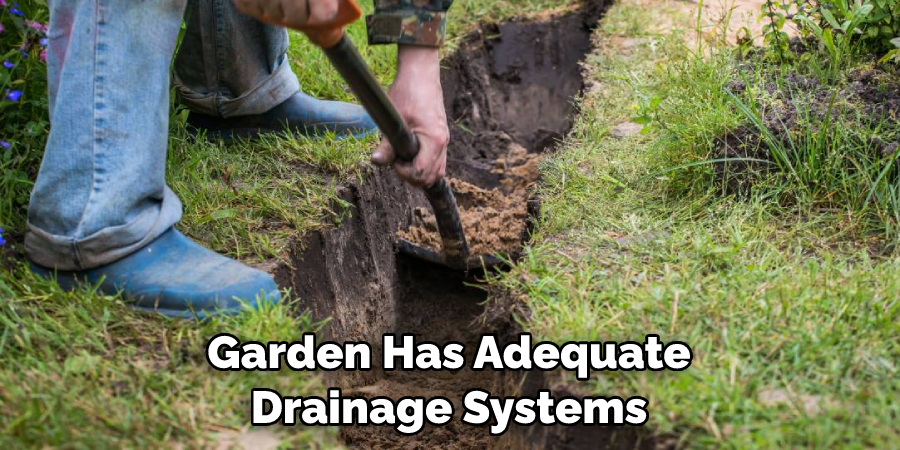
10. Stay Informed and Be Prepared:
Knowledge is paramount in the battle against hail damage. Stay informed about the weather conditions in your area during hail season and familiarize yourself with the signs that herald the approach of hailstorms. Create a comprehensive emergency plan that outlines the protective measures you will implement when a hailstorm is imminent.
Ensure that you have all the necessary materials, tools, and equipment readily available to act swiftly and effectively in safeguarding your garden.
Things to Consider When Protecting Garden from Hail
It is important to have a plan in place to protect your garden from hail. One way to do this is by covering the plants with hail blankets or tarps. This will provide protection from any hail that may fall during bad weather. Additionally, make sure to prune branches so that they are not too close together as this can cause them to break and damage nearby plants.
Another way to protect your garden from hail is by using a drip irrigation system.
This will help reduce the amount of water that can be affected by hail, thus reducing any damage done to the plants. Additionally, it will also help keep the soil moist and provide consistent hydration for your plants.
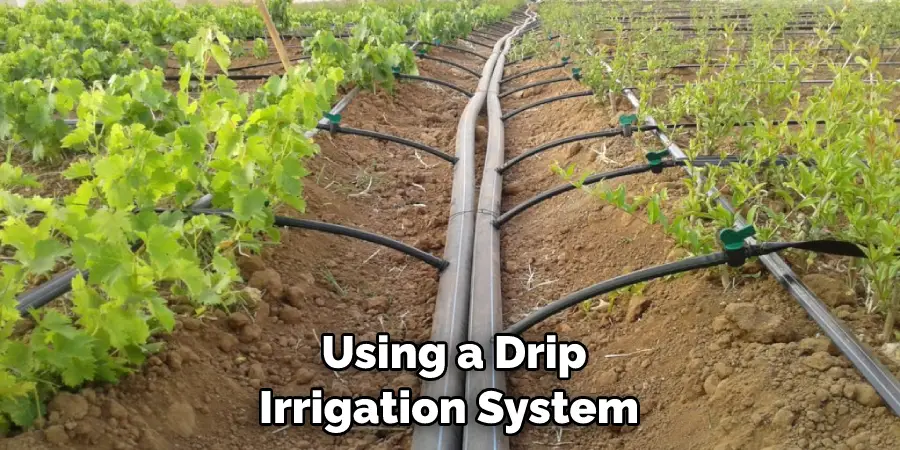
Conclusion
Taking the time to properly prepare for hail is essential for any gardener hoping to keep their plants healthy and thriving through the tumultuous weather. Making sure your garden is protected with nets, or if possible, bringing plants indoors during a hail storm are some of the most effective methods available.
If you construct a greenhouse, make sure to double-check that frames are sturdy enough to withstand hail. Taking preventative measures like these can be crucial in saving both your plants and your hard work from being ruined by an unexpected hailstorm. So don’t wait until after it hits – prepare yourself ahead of time on how to protect garden from hail!

